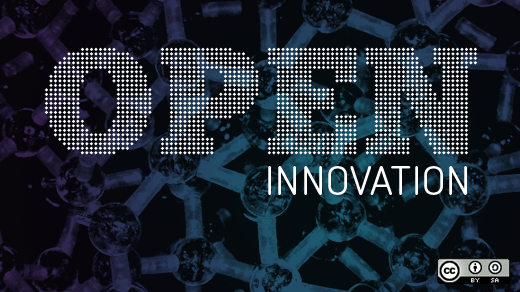"We've chronicled innovation since forever," said Jacob Ward, Popular Science's west coast bureau chief, moderating a SXSW panel on the promise of open innovation. "But in every case, the innovations that we were chronicling--even though we champion the garage inventor--most of them happened in seclusion or in the confines of an organization."
The traditional model of innovation begins with an R&D group that gets together in a lab and starts working on ideas. And of course, a lot of innovation has come out of that model. (Likewise, plenty of failure.) But the model is changing. More ideas, more products, and more projects are being developed openly, and different ways of collaborating are emerging. TopCoder and InnoCentive are two companies, both now ten years old, that are making that happen.
TopCoder believes that connecting people who have ideas with people who can implement them is a better approach to innovation. Anyone can be a member, so anyone can contribute--all you have to do is register. The community now has nearly 400,000 members. They host competitions for programming as well as design and creative, development, and assembly competitions.
InnoCentive was founded to remedy the institutional innovation problem. It began with seed funding from Eli Lilly, which recognized the rising cost of innovation, particularly in pharmaceuticals, and took the initiative to look for a better way to innovate. They now work in industries from chemicals to aeronautics. Likewise, InnoCentive awards are given in a broader range than TopCoder, with challenges that range from chemistry and statistics to business and agriculture.
Each of these approaches to open innovation gives companies unprecedented power by connecting them to innovators around the world in near-real-time.
"Almost anything you can imagine that must have previously been developed inside the four walls of an organization can now be developed outside those four walls," said Dwayne Spradlin, president and CEO of InnoCentive.
The real power in these models is in the ability to present a problem to people in different disciplines from the problem's origin. Similar to how open source software developed in one industry often finds new life in a completely unrelated one, these open innovation companies often see the best solutions coming from outside their original fields. Spradlin noted that more often than not, it's someone from a related industry that solves a problem because they reach a solution by being close to the problem, but adapting their knowledge from a different set of eyes and a different toolset.
"This fundamentally represents a change in the way the innovation process happens, from monolithic structures to an entire interconnected planet." said Spradlin.
Who owns the intellectual property?
Changing the process from within a company to distribution among unrelated innovators means that the old rules of intellectual property don't work the same way. "The patent process itself is not conducive to the current environment of idea generation, said Jack Hughes, chairman and founder of TopCoder. "That process will have to change."
Spradlin said that at InnoCentive, they've seen the biggest difference in approach comes between commercial entities and non-profits. "In our world, we've seen that commercial entities care more about the IP treatment than the contributors," he said. Foundations look for new approaches to third-world problems. Commercial entities have commercial concerns. To handle that, each of the problems offered for solvers includes what the appropriate IP treatment is so that solvers can choose whether they agree to those terms. InnoCentive will help protect the IP so a company can patent it after the fact.
Is collaboration the future for lifelong careers?
TopCoder has two types of community members--those who do it in their spare time, perhaps just to learn something or because they have an interest in a project. But there are also those for whom it's a full-time job and how they make a living. Instead of working for one company, they're working for twenty.
Spradlin describes this as a move to a new norm, in which rather than working for a single company, more and more people will work like consults in project-based careers with a greater ability to focus on their passions.
"I'm guessing that within half a generation, more than half of the work that's done will be project-based. It's more economical and more rewarding," said Spradlin.






Comments are closed.